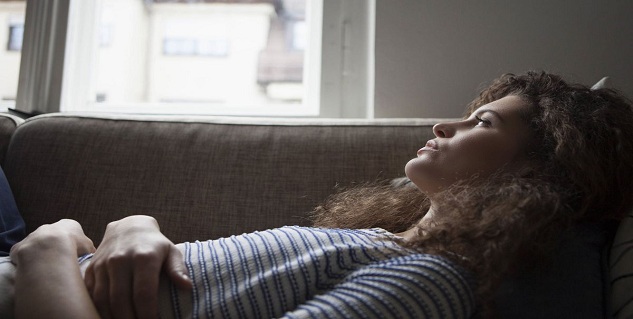
You may think bladder control problems are something that happen when you get older. The truth is that women of all ages have urine leakage. The problem is also called incontinence. Men leak urine too, but the problem is more common in women.
Table of Content:-
Many women leak urine when they exercise, laugh hard, cough, or sneeze.
- Often women leak urine when they are pregnant or after they have given birth
- Women who have stopped having their periods—menopause—often report bladder control problems
- Female athletes of all ages sometimes have urine leakage during strenuous sports activities

Urine leakage may be a small bother or a large problem. About half of adult women say they have had urine leakage at one time or another. Many women say it’s a daily problem.
Urine leakage is more common in older women, but that doesn’t mean it’s a natural part of aging. You don’t have to “just live with it.” You can do something about it and regain your bladder control.
Incontinence is not a disease. But it may be a sign that something is wrong. It’s a medical problem, and a doctor or nurse can help.
Also read: Kegel Exercises for Bladder Problems
How does the Bladder Work?
Anatomical drawing front view of the female urinary tract. Labels point to pelvic floor muscles, sphincter muscles, bladder muscle, urethra, and urine.
Parts of the bladder control system.The bladder is a balloon-shaped organ that stores and releases urine. It sits in the pelvis. The bladder is supported and held in place by pelvic muscles. The bladder itself is a muscle.
The tube that carries urine from your body is called the urethra. Ring-like muscles called sphincters help keep the urethra closed so urine doesn’t leak from the bladder before you’re ready to release it.
A side view with labels pointing to the womb, bowel, bladder, urethra, pubic bone, and pelvic floor muscles
A bottom view with labels pointing to the leg, urethra, vagina, pelvic floor muscles, and anus.
Also read: How to Deal with Stress Urinary Incontinence
Parts of the Bladder Control System
Several body systems must work together to control the bladder.
- Pelvic floor muscles hold the bladder in place
- Sphincter muscles keep the urethra closed
- The bladder muscle relaxes when it fills with urine and squeezes when it’s time to urinate
- Nerves carry signals from the bladder to let the brain know when the bladder is full
- Nerves also carry signals from the brain to tell the bladder when it’s time to urinate
- Hormones help keep the lining of the bladder and urethra healthy
- Bladder control problems can start when any one of these features is not working properly
Read more articles on Women's Health.
For more such stories, download Onlymyhealth App.
Read Next
10 Bra Rules Every Girl Should Know
How we keep this article up to date:
We work with experts and keep a close eye on the latest in health and wellness. Whenever there is a new research or helpful information, we update our articles with accurate and useful advice.
Current Version